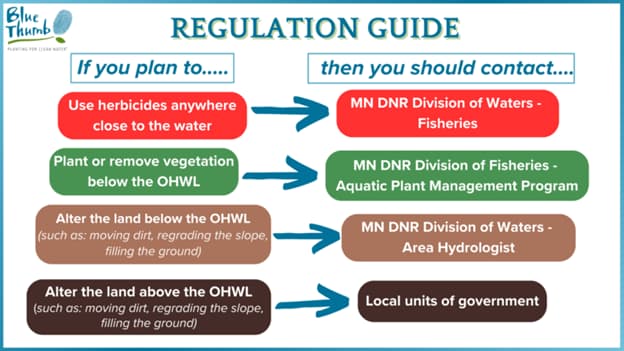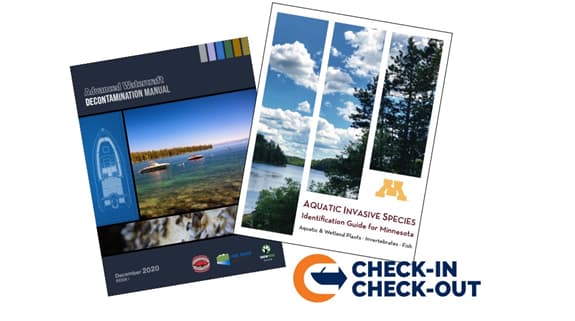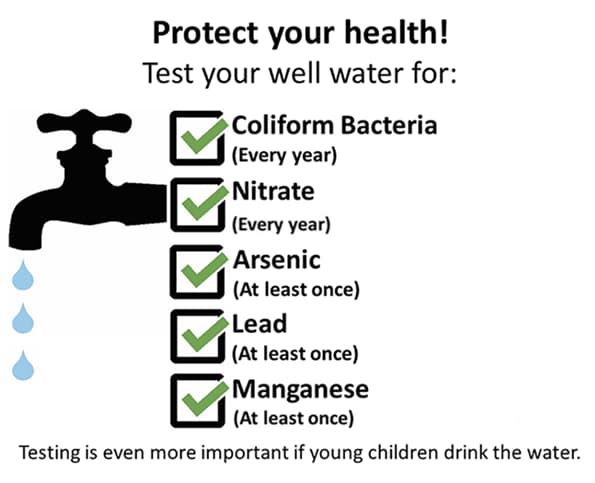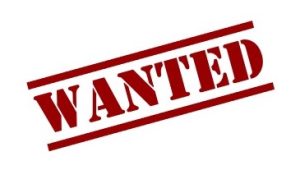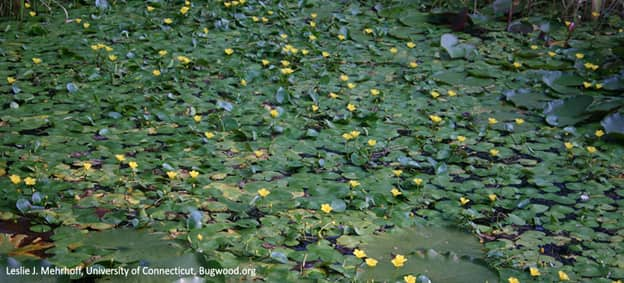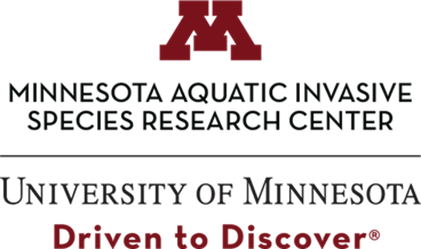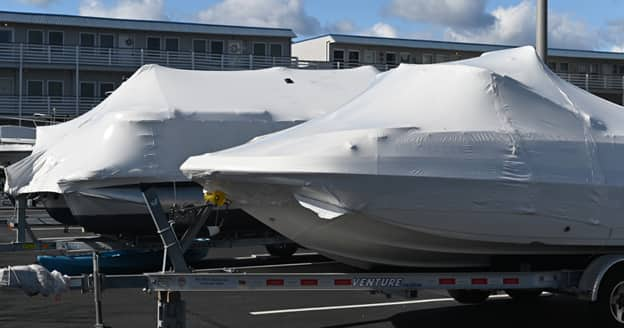
Kirsti Marohn of MPR News, reported on new research that indicates reduced water clarity of lakes in mid-summer, linked to increased rainfall caused by climate change, is affecting the survival of common loons in northern Wisconsin. This is relevant research for Minnesota as well.
Here is the link to the new research.


